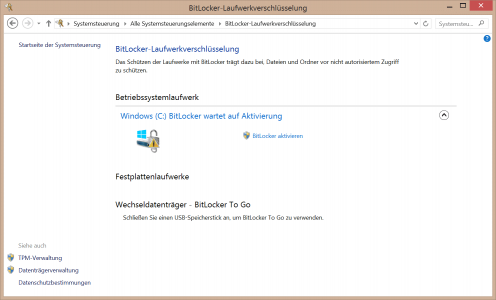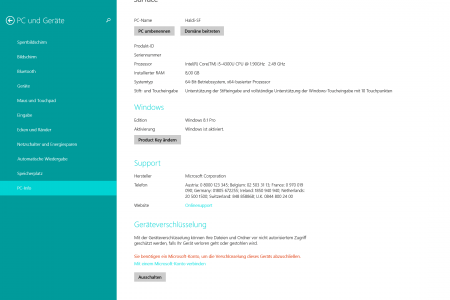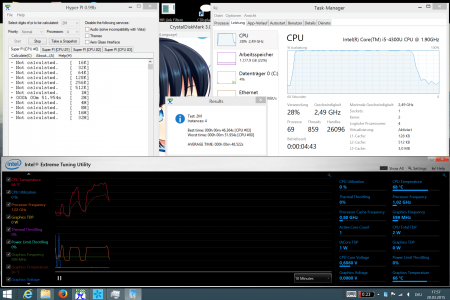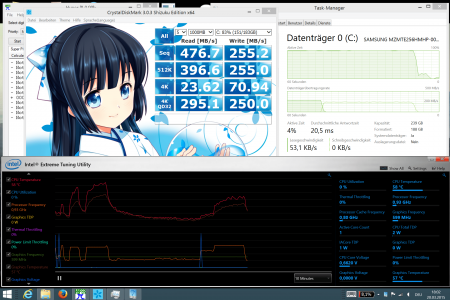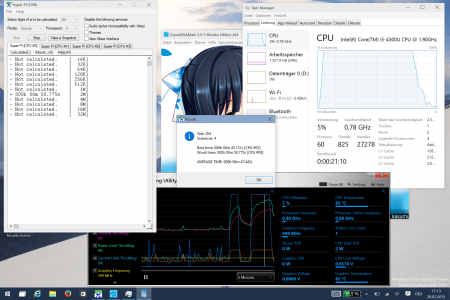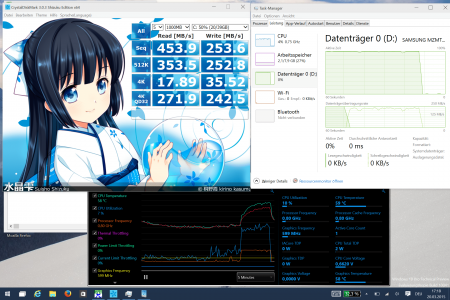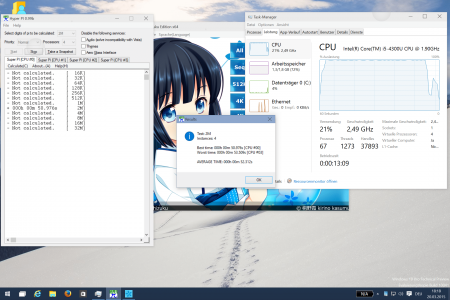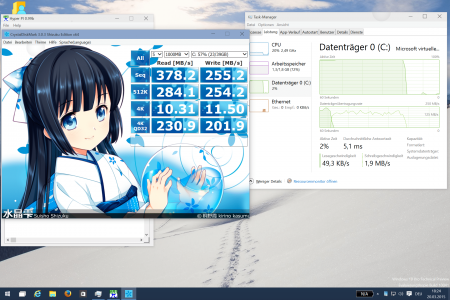I don't mean to be too rude here, but you seem to be making decisions without complete understanding of the issues involved. I would strongly suggest you do the media install thing and stop trying to mess with dual boot.
I am a retired programmer of 45+ years experience, with a Degree in Mechanical Engineering and another in Electronics. I built, my first computer in 1972 using a soldering iron and a Printed Circuit I had to make using layout tape and Ferric Chloride. I do NOT use dual boot anything. I DO use VMPlayer. Surely that should tell you something.
>> i don't really like VM's.
This tells me you do not understand enough to be doing what you are trying to do. Hyper-V is a BUILT IN part of Windows Pro.
If ANY application is not actively running then it is consuming nothing. Hyper-V, Player etc., only consume power when running. You will see VM... stuff in the Services list, but they will be shown as "Stopped"
Connected standby has nothing to do with this conversation.
BitLocker - go to the Control Panel and click "BitLocker Drive Encryption" and see what it says in there.
I am a retired programmer of 45+ years experience, with a Degree in Mechanical Engineering and another in Electronics. I built, my first computer in 1972 using a soldering iron and a Printed Circuit I had to make using layout tape and Ferric Chloride. I do NOT use dual boot anything. I DO use VMPlayer. Surely that should tell you something.
>> i don't really like VM's.
This tells me you do not understand enough to be doing what you are trying to do. Hyper-V is a BUILT IN part of Windows Pro.
If ANY application is not actively running then it is consuming nothing. Hyper-V, Player etc., only consume power when running. You will see VM... stuff in the Services list, but they will be shown as "Stopped"
Connected standby has nothing to do with this conversation.
BitLocker - go to the Control Panel and click "BitLocker Drive Encryption" and see what it says in there.

